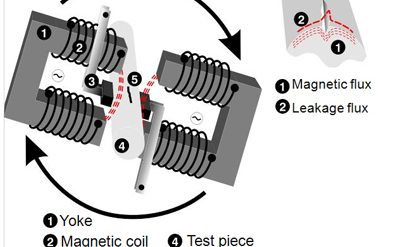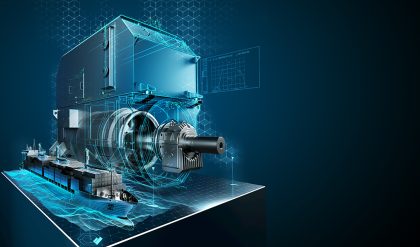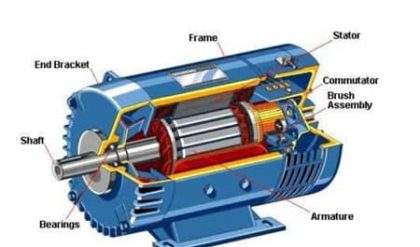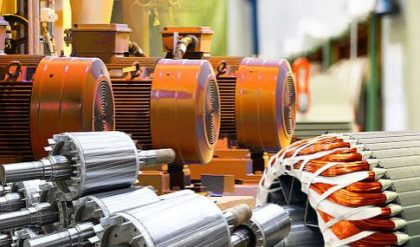The causes of voltage drop in the terminal voltage from no-load to full-load in a shunt generator can be partially/fully/over-compensated by use of an aiding series field (cumulative compound), which can be connected in a long- or short-shunt (long-shunt shown in. Fig. 7.34). The aiding ampere-turns of the series field automatically increase with the load, compensating the armature voltage drop. In level-compound generator full-load voltage equals no-load voltage. Steady-state volt-ampere (V-/) characteristics of a compound generator are shown in Fig. 7.35. Differential


compounding is not used in practice as the terminal voltage falls off steeply with load. Long or short-shunt connection of series winding makes only a marginal difference in the V-I characteristic of a compound generator.
Comparison of Volt–ampere (V–I) Characteristics of dc Generators
The V-I characteristic (steady-state) of various types of dc generators are shown in Fig. 7.36. These are drawn with rated terminal voltage at full-load. The characteristic curve of a series generator, not discussed earlier, is also shown here. It is a rising characteristic and excitation increases with load (If= la= IL). At large values of load current, the terminal voltage must start decreasing owing to the saturation of machine iron and rapidly increasing voltage drop of armature reaction and armature resistance.







Comments are closed.